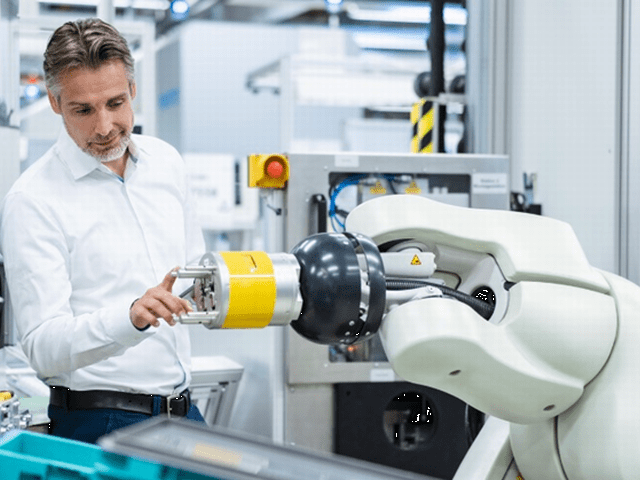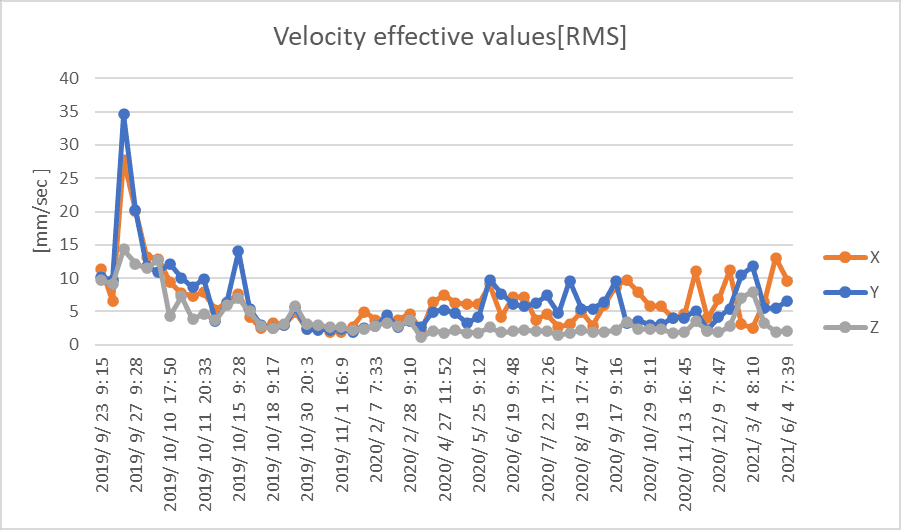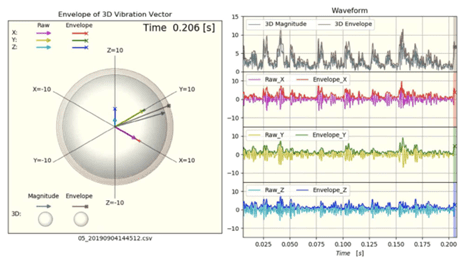The Specific Application of Vibration Analysis
Learn how vibration sensors can work for measuring tools such as pipes, boilers, fans, etc.
![monitoring_maintenance_staff]()
![monitoring_maintenance_staff]() In a previous post, we listed the “what” and “why” behind vibration monitoring. However, like any adult, knowing the “what” and “why” is never enough to persuade others. Sometimes, it is necessary to provide examples or detailed usages that take advantage of vibration analysis. In recent years, the global automotive industry has seen an increased demand for automobiles such that it was more important than ever to have their machinery working effectively. This was attained through the usage of vibration analysis through sensors. An electronic device that measures the amount and frequency that a given machine outputs.
Recall that vibration analysis is the process of monitoring the condition of a machine or a component of it. This is usually done through a connection-based analog option or wireless options where the collected data is uploaded to a cloud. The data collected can be used for businesses to analyze any out-of-the-ordinary behavior with the machine. This is done to improve the machine’s lifespan and save money in the long run. Here is a list of common faults
that can be found through vibration analysis.
In a previous post, we listed the “what” and “why” behind vibration monitoring. However, like any adult, knowing the “what” and “why” is never enough to persuade others. Sometimes, it is necessary to provide examples or detailed usages that take advantage of vibration analysis. In recent years, the global automotive industry has seen an increased demand for automobiles such that it was more important than ever to have their machinery working effectively. This was attained through the usage of vibration analysis through sensors. An electronic device that measures the amount and frequency that a given machine outputs.
Recall that vibration analysis is the process of monitoring the condition of a machine or a component of it. This is usually done through a connection-based analog option or wireless options where the collected data is uploaded to a cloud. The data collected can be used for businesses to analyze any out-of-the-ordinary behavior with the machine. This is done to improve the machine’s lifespan and save money in the long run. Here is a list of common faults
that can be found through vibration analysis.
![plant_piping]()
![plant_piping]()
![monitoring_maintenance_staff]()
![monitoring_maintenance_staff]() While it might sound weird, there are certain types or forms of vibration. Certain examples of vibration forms are displacement, velocity, and acceleration. Out of the three types, acceleration is the most frequently used type as it provides the widest frequency range and is extensively applied for dynamic fault analysis.
While it might sound weird, there are certain types or forms of vibration. Certain examples of vibration forms are displacement, velocity, and acceleration. Out of the three types, acceleration is the most frequently used type as it provides the widest frequency range and is extensively applied for dynamic fault analysis.
![maintenance_meeting]()
![maintenance_meeting]() Recall how vibration sensors are easy-to-use tools because of their installation and usage. As a result, there are many real-life industrial examples where vibration sensors are used. Here are some brief examples in no particular order:
Recall how vibration sensors are easy-to-use tools because of their installation and usage. As a result, there are many real-life industrial examples where vibration sensors are used. Here are some brief examples in no particular order:
![train_doors_application]()
![train_doors_application]() One of the causes of delays in a railroad or rail system is technical faults. A conducted survey has shown that 19% of transport delays are caused by technical issues and 20% of it is caused by malfunctions of automatic doors. In recent years in Japan, one of the debates is installing entrance gates between the train station and the train doors. Additionally, these delays have the potential of resulting in lost revenue, franchise fines, and compensation paid to passengers or indirectly affected users too. In other words, unmonitored issues can cause more devastating financial damages than expected. Vibration analysis is used to monitor the health of the train doors in the following ways
One of the causes of delays in a railroad or rail system is technical faults. A conducted survey has shown that 19% of transport delays are caused by technical issues and 20% of it is caused by malfunctions of automatic doors. In recent years in Japan, one of the debates is installing entrance gates between the train station and the train doors. Additionally, these delays have the potential of resulting in lost revenue, franchise fines, and compensation paid to passengers or indirectly affected users too. In other words, unmonitored issues can cause more devastating financial damages than expected. Vibration analysis is used to monitor the health of the train doors in the following ways
![process_piping_application]()
![process_piping_application]() Process piping is the safest and most effective way to move fluids and gasses through a facility. This is different from plumbing as it is built with materials designed specifically for what it will transport. One of the most common causes of failure in the process piping system is vibration-induced fatigue. According to data published by the UK’s Health and Safety Executive (HSE), fatigue and vibration failure accounts for 21% of all hydrocarbon releases. This will lead to financial losses and impact the safety, health, and environment of the area. There are two factors that provide the likelihood of a piping system failing: flow-induced vibration factor and dynamic pressure.
Process piping is the safest and most effective way to move fluids and gasses through a facility. This is different from plumbing as it is built with materials designed specifically for what it will transport. One of the most common causes of failure in the process piping system is vibration-induced fatigue. According to data published by the UK’s Health and Safety Executive (HSE), fatigue and vibration failure accounts for 21% of all hydrocarbon releases. This will lead to financial losses and impact the safety, health, and environment of the area. There are two factors that provide the likelihood of a piping system failing: flow-induced vibration factor and dynamic pressure.
![rotating_wind_turbine__application]()
![rotating_wind_turbine__application]() A wind turbine is a tool that uses winds to make electricity. A project was conducted by applying vibration monitoring to a rotating wind turbine. The goal of the project was to see how much unnecessary maintenance can be cut or eliminated. The vibration analysis methods were applied to monitor the condition of the gearbox, rotary components, and generator.
A wind turbine is a tool that uses winds to make electricity. A project was conducted by applying vibration monitoring to a rotating wind turbine. The goal of the project was to see how much unnecessary maintenance can be cut or eliminated. The vibration analysis methods were applied to monitor the condition of the gearbox, rotary components, and generator.
![water_purification_facility]()
![water_purification_facility]() For those who are unfamiliar, wastewater is the waterborne waste material of a community from human-related activities. Wastewater comes in two types: blackwater and greywater.
Wastewater pumps are crucial for processing this wastewater, however, due to the distance in some facilities, they are minimally attended. The issues that arise from minimal monitoring include cavitation, leading to possible pump issues, vibration caused by bursting vapor bubbles, and damaged impellers from high pressures. However, these issues can be prevented with remote monitoring. The usage of vibration analysis can prevent drainage issues, unwanted tank level changes, or other pump malfunctions.
For those who are unfamiliar, wastewater is the waterborne waste material of a community from human-related activities. Wastewater comes in two types: blackwater and greywater.
Wastewater pumps are crucial for processing this wastewater, however, due to the distance in some facilities, they are minimally attended. The issues that arise from minimal monitoring include cavitation, leading to possible pump issues, vibration caused by bursting vapor bubbles, and damaged impellers from high pressures. However, these issues can be prevented with remote monitoring. The usage of vibration analysis can prevent drainage issues, unwanted tank level changes, or other pump malfunctions.
![mining_plant_conveyor_application]()
![mining_plant_conveyor_application]() Most mining environments use expensive equipment that is sensitive to dust and dirt. This is a challenge as conveyors, one of the most critical assets used during excavation, are usually located above, below, or close to the ground. Furthermore, other parts of the conveyor system such as the motor, gearbox, and roller bearings are usually placed in a difficult-to-reach area. This adds health and safety concerns for the specialists. However, using remote vibration decreases the stress as the monitoring can be done within a safe distance.
Most mining environments use expensive equipment that is sensitive to dust and dirt. This is a challenge as conveyors, one of the most critical assets used during excavation, are usually located above, below, or close to the ground. Furthermore, other parts of the conveyor system such as the motor, gearbox, and roller bearings are usually placed in a difficult-to-reach area. This adds health and safety concerns for the specialists. However, using remote vibration decreases the stress as the monitoring can be done within a safe distance.
![football_stadium_fan_application]()
![football_stadium_fan_application]() Another foreign topic that is common to the United States is football or American Football. A football stadium, supplying ventilation in an enclosed stadium requires a complex and elaborate system. Furthermore, failure or damage in a stadium may lead to a loss in attendees and revenue. Thus, the operational failure of HVAC fans is not an option for most stadiums. Remote sensors enable operators to monitor vibration in critical motors and pumps preventing any game cancellations or halts.
Another foreign topic that is common to the United States is football or American Football. A football stadium, supplying ventilation in an enclosed stadium requires a complex and elaborate system. Furthermore, failure or damage in a stadium may lead to a loss in attendees and revenue. Thus, the operational failure of HVAC fans is not an option for most stadiums. Remote sensors enable operators to monitor vibration in critical motors and pumps preventing any game cancellations or halts.
![construction_site_application]()
![construction_site_application]() Dewatering pumps in constructions is significant as there are many applications:
Dewatering pumps in constructions is significant as there are many applications:
INDEX
- Brief Explanation of Vibration Analysis and Concept
- The Specific Application of Vibration Analysis
- The Application on the Train Doors
- Vibration Monitoring And Process Piping
- Vibration Monitoring in Rotating Wind Turbine Components
- Vibration Monitoring and Wastewater sump pump
- Boiler Feedwater Pump For A Cooling Tower Fan
- Vibration Monitoring and Cleanroom Fan
- Vibration Monitoring and Mining Plant Conveyor
- Meat Processing Plant Chiller and Vibration Monitoring
- Vibration Monitoring At A Bread Factory Mixer
- Football Stadium HVAC Fan
- Football Stadium HVAC Fan
- Vibration Monitoring At A Construction Site
- Hospital Pumps and Fans
- Sucker Rod Pump
Brief Explanation of Vibration Analysis and Concept


What is Vibration Analysis?
To begin with, let us review what vibration is. According to Webster’s dictionary, vibration is, “a periodic motion of the particles of an elastic body or medium in alternately opposite directions from the position of equilibrium when that equilibrium has been disturbed.” Examples of disturbance include stretching or shaking. This phenomenon occurs in operational rotating types of machinery and moving structures. The vibration source can be from various sources such as rotating shafts, meshing gear-teeth, rolling bearing elements, rotating electric field, fluid flows, combustion events, structural resonance, and angular rotations.
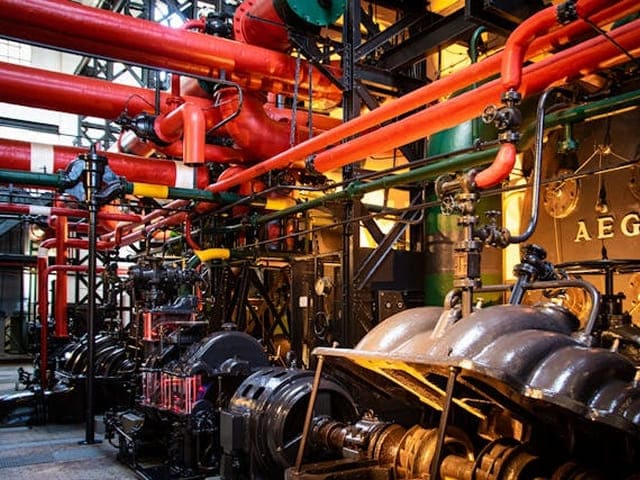

- Imbalances
- Bearing Failures
- Mechanical Looseness
- Misalignment
- Resonance and Natural Frequencies
- Electrical Faults In Motors
- Bent Shaft
- Gearbox failures
- Cavitation in pumps
- Critical speeds
What is measured?
Recall that vibration is a phenomenon. In rotating machinery vibration is a consequence of friction and centrifugal forces of rotating parts and bearings. In time domain analysis, the common parameter to vibration analysis includes root mean square (RMS), standard deviation, peak amplitude, kurtosis, crest factor, skewness, and many others.- Amplitude is the maximum extension of the oscillation and is measured from the lowest point to the highest point of the wave form. It is related to the amount of movement.
- Peak Amplitude is the maximum positive or negative deviation of a waveform from its zero reference level.
- Root Mean Square (RMS) represents the “effective” signal level. This is the most common parameter to measure the intensity of the vibration.
- Standard Deviation is the difference between the group and the mean value for that group
- Kurtosis is the sharpness of the peak of a frequency distribution curve
- Crest factor is the ratio of a peak value to effective value.
- Skewness is a measure of the asymmetrical spread of a signal about its mean value.
What are the characteristics of vibration?


- Displacement describes the difference between two position that the certain object has moved
- Velocity describes the difference on how fast the movement is
- Acceleration is the rate at which an object changes its velocity
- Furthermore, vibration can be described in intensity by amplitude and in periodicity by frequency.
- Amplitude is the maximum displacement or distance moved by a point on a vibrating body or wave measured from its equilibrium position.
- Frequency is the number of waves that passes a fixed point in a unit of time
- Flow-induced vibration factor is calculated from the geometric properties of the pipe being inspected
What are the advantages and limitations?
Here is a list of advantages and some limitations that come with using vibration analysis.Advantages
- Real-time reaction to the change of health conditions
- Supports remote condition monitoring
- Well-established processing and signal analysis methods/algorithms for predictive maintenance
- Supported by various sensors commercially available for different operational conditions
Limitations
- Difficult to conduct fault localisation
- Difficult to monitoring crack propagation
- High requirements for proper system setup
The Specific Application of Vibration Analysis


- Aerospace
- Automotive & Transportation
- Pulp and Paper
- Food and Beverage
- Oil and Gas, Refining, Petrochemicals
- Power Generation (fossil fuel, nuclear, hydro, wind turbines)
- Machine tools
- Metalworking
- Mining, Mineral Processing, and Cement
The Application on the Train Doors
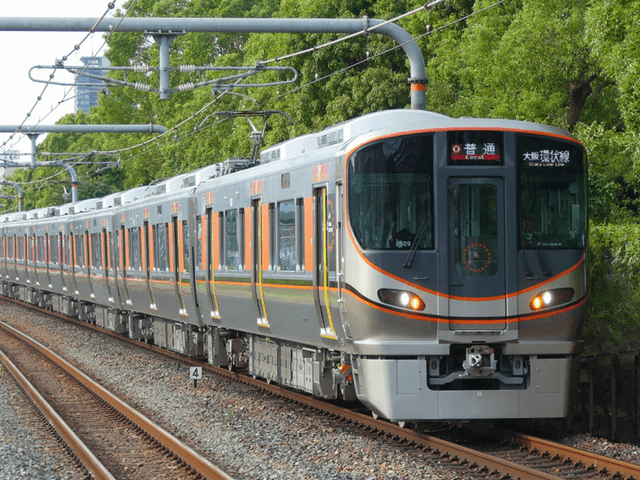

- The usage of accelerometer to provide total condition monitoring covering all critical door components.
- Provides automatic early warnings of which components are likely to develop faults or require replacement at the next maintenance
- The detection of looseness, change in air pressure, wear in door rollers, the linear shaft assembly, ball bearings and misalignments in the shaft and door panels in the very early stages, before breakdown of the door mechanisms occur.
Vibration Monitoring And Process Piping


- Flow-induced vibration factor (sometimes represented as Fv where v is the subscript) : This is calculated from the geometric properties of the pipe being inspected, external pipe diameter, and the wall thickness of main pipe
- Dynamic Pressure (pv^2) : The factor is determined from the flow properties of the fluid system depending such as the density or fluid velocity
- Acceptable vibration level that follows the EI guidelines
- Unacceptable vibration level that requires a risk-based assessment
- Easy operation, where the methods can be used by non-specialists
- Low cost, while the first installation might be costly, in the long run it can allow plants to save money
Vibration Monitoring in Rotating Wind Turbine Components
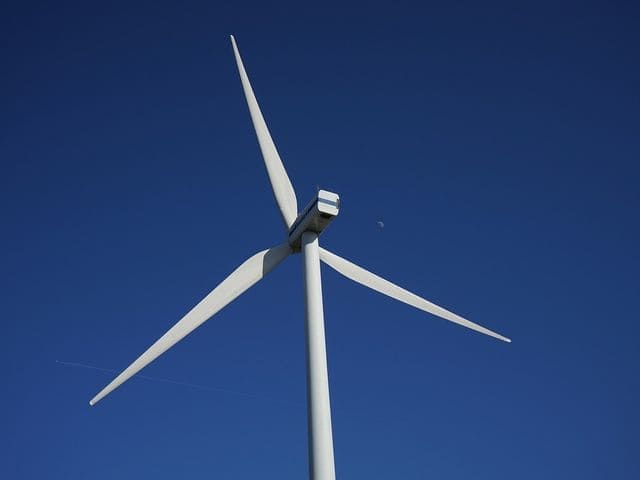

Vibration Monitoring and Wastewater sump pump
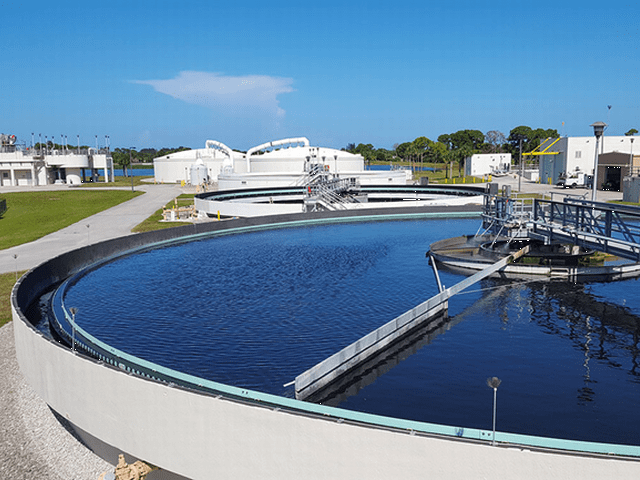

Boiler Feedwater Pump For A Cooling Tower Fan
To begin with, a boiler feedwater pump drives feed water into a steam boiler. Problems can be caused due to improper suction pressure, discharge pressure, flow, pump speed, or power. Technicians can set up pre-set limits where the vibration sensors will sound an alarm when it is exceeded.Vibration Monitoring and Cleanroom Fan
Cleanroom fans such as fan-filter units (FFUs) play a role in clean-rooms cleaning. According to a survey, more than 30 different industries use clean rooms where 70% are used by semiconductor, pharmaceutical, and biotechnology businesses. Thus, it is significant to keep the cleanrooms away from contamination. Furthermore, fan or drive belt failure can cause loss of control. However, failure can be avoided by installing remote sensors for motor vibration from bearings, fan impellers, and drives.Vibration Monitoring and Mining Plant Conveyor
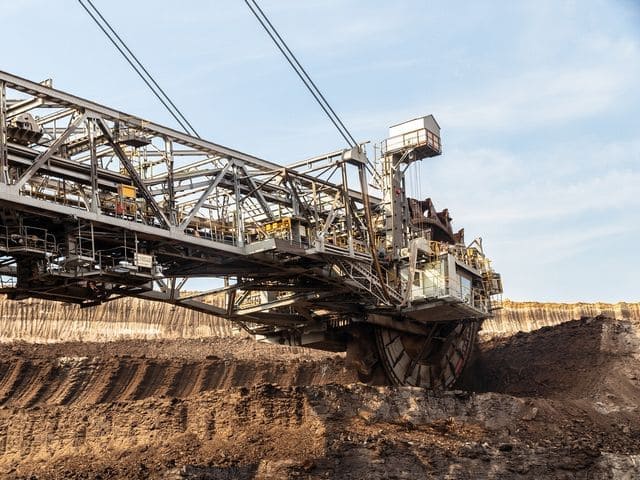

Meat Processing Plant Chiller and Vibration Monitoring
A process chiller is a refrigeration system that is designed to handle more than a standard commercial or HVAC chiller. The chiller provides refrigeration for industrial processes by using halocarbon or ammonia refrigerants. The circuit consists of a compressor, condenser, evaporator, pumps, pipes, high-pressure refrigerant relief valves, etc. All of these parts work together to keep meat safe for consumption by controlling temperature, humidity, and air circulation. Vibration sensors are used to detect and provide early warning of bearing wear to prevent inadequate chilling performance.Vibration Monitoring At A Bread Factory Mixer
While it might sound like a foreign idea in East Asian Countries, in the United States around 350 slices of pizza are eaten in the United States every second and 98% of Americans eat pizza. This makes it important for a pizza factory to have its parts working effectively. On average, a pizza factory can produce up to 22,680 kg (50,000 lbs) per day using multiple pumps and motors. A typical pizza factory consists of the following parts: the silo, agitator motor, motor driven, and conveyor belt. With these multiple parts and the high demand for pizza, vibration monitoring allows the factory to determine the health of each part.Football Stadium HVAC Fan


Football Stadium HVAC Fan
Another foreign topic that is common to the United States is football or American Football. A football stadium, supplying ventilation in an enclosed stadium requires a complex and elaborate system. Furthermore, failure or damage in a stadium may lead to a loss in attendees and revenue. Thus, the operational failure of HVAC fans is not an option for most stadiums. Remote sensors enable operators to monitor vibration in critical motors and pumps preventing any game cancellations or halts.Vibration Monitoring At A Construction Site
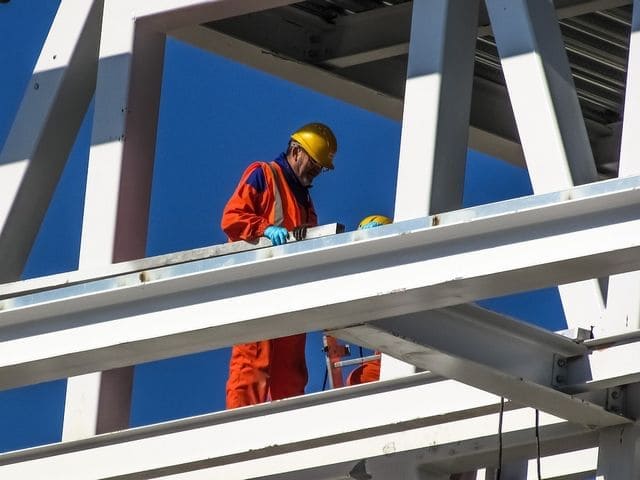

- Drainage and dewatering
- Excavation dewatering
- Groundwater lowering (drainage wells/well pointing)
- Tunneling construction
- Building construction
- Dam drainage
- Bridges
- Sewage networks
- Pipelines
- By pass
- Flood control
- Marine
- Storm water runoff
- Construction quarries
Hospital Pumps and Fans
It is without any doubt that a hospital is known for having various kinds of equipment. They have myriad equipment critical to ventilation and air circulations too. This is important because ventilation systems are implemented to provide fresh air, remove heat within a confined space, help prevent diseases, and treat patients. Attaching these equipment with remote vibration sensors can help hospital maintenance ensure that equipment is healthy and ongoing. Excessive vibrations may occur due to imbalance, looseness, coupling wear, misalignment, bad bearings, and rotor crack. This monitoring is critical as not only does it protect the health of first response workers, but also protects the health of the patient.Sucker Rod Pump
Sucker rod pump is an artificial-lift pumping system using surface power source. A reciprocating motion is created by a beam and crank assembly that connects to the downhole pump assembly. The purpose of this tool is to pull oil from subterranean reservoirs. With the majority of the components located in underground sites, equipment failure and repair are extremely expensive. However, remote wireless sensors make life a little easier. Most of the time, vibration data is sent using a software where a personnel would check the graph trends without having to be on location.Try conanair for FREE now !

Please contact NSXe for any issues regarding facility maintenance
| Company Name | NSXe Co.Ltd - Nakayama Hydrothermal Industry Co., Ltd. |
|---|---|
| Head Office | 7686-10 Hirano-cho, Suzuka, Mie513-0835, Japan zip code 513-0835 |
| Phone | +81-90-2189-1398 |
| FAX | +81-59-379-4704 |
| Business Hours | 8:00~17:00 |
| Office Regular
Holiday |
Saturday afternoons, Sundays and public holidays |
| URL | https://conanair.com/ |
Please contact NSXe for any issues regarding facility maintenance
| Company Name | NSXe Co.Ltd - Nakayama Hydrothermal Industry Co., Ltd. |
|---|---|
| Head Office | 7686-10 Hirano-cho, Suzuka, Mie513-0835, Japan zip code 513-0835 |
| TEL | +81-90-2189-1398 |
| FAX | +81-59-379-4704 |
| Business Hours | 8:00~17:00 |
| Office Regular
Holiday |
Saturday afternoons, Sundays and public holidays |
| URL | https://conanair.com/ |


